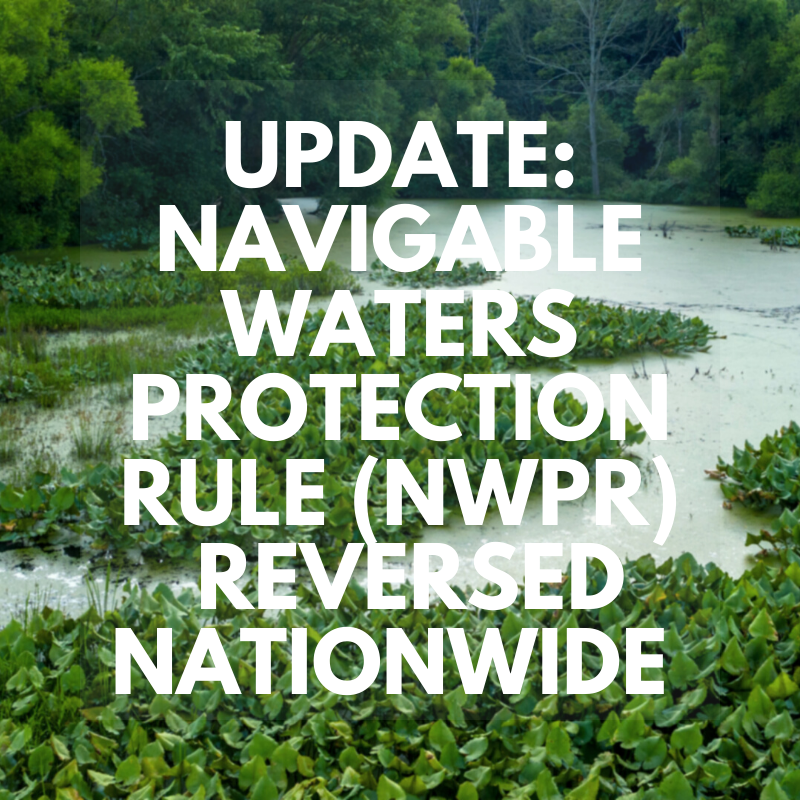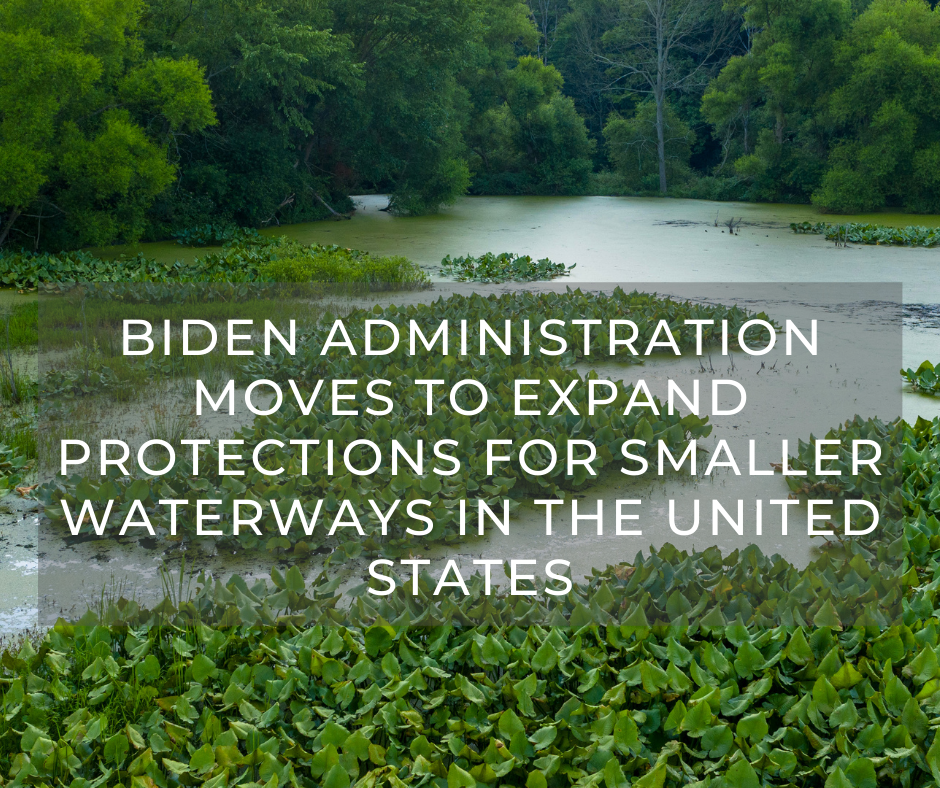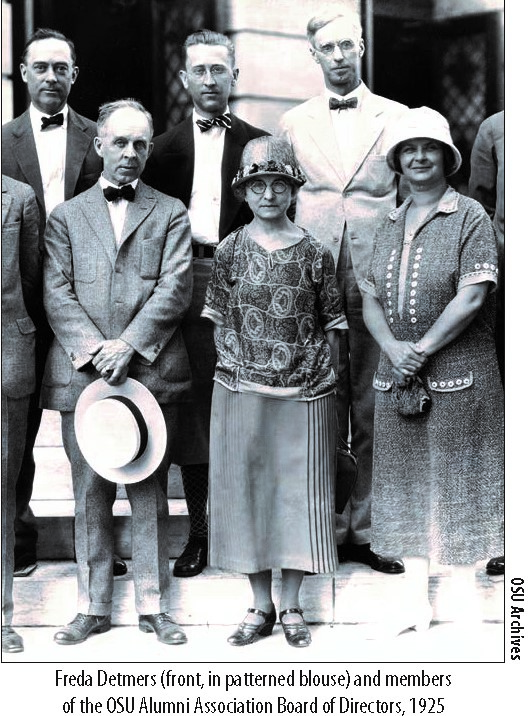On Friday, May 20, the Ohio Department of Natural Resources (ODNR) and Stream + Wetlands Foundation (S+W) held a ribbon-cutting ceremony on H2Ohio’s new Trumbull Creek Wetland Restoration Project. Leading the ceremony were H2Ohio Program Manager Eric Saas, ODNR Director Mary Mertz and S+W’s President Vince Messerly. The event also included a walking tour of the wetland.
“Our main goal with H2Ohio is to improve water quality, but sites like this show just how diverse these wetlands can be,” ODNR Director Mary Mertz said. “People can now come to watch native wildlife or birds just passing through, students can learn about plants and the role they play, or families can come to just enjoy the beauty and tranquility these wetlands provide to the public.”
“We were honored to be chosen to receive a grant from H2Ohio,” said Messerly. “The entire team at ODNR has been responsive and effective at helping us navigate the grant program for the first time for this project. We are hopeful that we can do additional wetland habitat restoration projects in the future through the H2Ohio program.”
About the Trumbull Creek Wetland Restoration Project
Located in Trumbull Township (Ashtabula County), this project restored approximately 25 acres of wetlands and five acres of upland forest that were previously used for crop production. These actions will slow the flow of water across the landscape, reduce nitrogen and phosphorous from the Grand River and Lake Erie while providing an important habitat for wildlife as well as recreation and educational opportunities. This H2Ohio project is adjacent to the 460-acre Trumbull Creek Mitigation Bank.
“The Trumbull Creek H2Ohio restoration project will restore 30 acres of diverse native habitat, including more forest, emergent marsh, and wet meadow habitats,” said Messerly. “We anticipate that wildlife will quickly start to use the site, including waterfowl, migratory birds and amphibians.”
About H2Ohio H2Ohio was launched in 2019 by Governor Mike DeWine as a comprehensive water quality initiative in Ohio to address water issues such as harmful algal blooms on Lake Erie. For more information about the work of H2Ohio, visit their website at https://h2.ohio.gov/.





